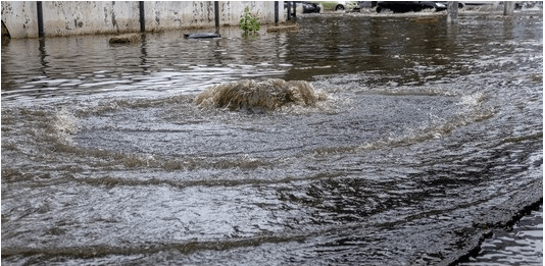Heavy metal pollution mainly comes from electroplating, smelting, chemical, paper, dyestuff, and other industries. Heavy metals are toxic and non-biodegradable, not only affect the production and quality of crops, and heavy metal ions are easily enriched in living organisms, so it is difficult to remove water, soil, and living organisms once they are polluted, and eventually endanger human health directly or indirectly through the ecosystem and food chain.

Therefore, improper disposal of heavy metal wastewater can cause serious consequences, and efficient prevention and treatment of heavy metal wastewater has become an urgent issue. At present, Lifeasible uses methods for the treatment of heavy metal wastewater, mainly physical methods such as adsorption and membrane separation, chemical methods such as chemical precipitation and electrochemistry, and biological methods such as phytoremediation, biosorption, and bio-flocculation, which are combined with modern technology.
| Methods | Details | Types |
| Chemical treatment method | Using chemical reactions such as neutralization reaction, ion exchange, and oxidation-reduction, the heavy metal ions in the wastewater are transformed into precipitated heavy metal compounds insoluble in water, and then the precipitates (heavy metal ions) can be removed from the solution by filtration and separation. |
Including neutralization precipitation method, sulfide precipitation method, iron oxidation precipitation method, etc.
Mainly electro-catalytic oxidation, electro-deposition, electro-adsorption, electro-flocculation, micro-electrolysis, etc. |
| Physical treatment method | Heavy metal ions are removed from wastewater by physical action (dissolution and adsorption, etc.). |
The two main methods include physical-chemical adsorption and biosorption.
The commonly used membrane separation technologies are ultrafiltration, microfiltration, nanofiltration, reverse osmosis, electrodialysis, etc. |
| Biological treatment method | The heavy metals in the wastewater are removed by the absorption and enrichment of organisms. |
|
| Other heavy metal wastewater treatment method |
|
|
Although there are various known treatment methods for heavy metal wastewater, it is still a difficult problem to perform the most rapid and effective remediation of heavy metal contaminated water with the least investment. Therefore, Lifeasible has developed customized and targeted solutions for the removal and remediation of heavy metal contamination in water. We will first analyze the customer's water samples, then combine different treatment methods and processes according to the results and characteristics of the water samples, and finally, our experienced team will provide an optimal solution with clear processes, high feasibility, and low investment for the customer. Please contact our staff for the latest solutions.
Lifeasible has established a one-stop service platform for plants. In addition to obtaining customized solutions for plant genetic engineering, customers can also conduct follow-up analysis and research on plants through our analysis platform. The analytical services we provide include but are not limited to the following:
STU-CRISPR System Improves Plant Genome Editing Efficiency
April 19, 2024
Application of Exosomes in Facial Beauty
April 12, 2024